 We may be in the depths of winter right now, but if you are hoping to find summer employment, it’s time to start planning. Employers start early to plan for summer hiring, as staff vacation requests for July and August begin coming in. Summer hiring happens everywhere, in a range of sectors, in positions obviously related to the season such as amusement parks, summer camps, resorts, and camp grounds, as well as seasonal sectors such as landscaping, tourism, and agriculture. Government post jobs for students in a range of departments, on all three levels, including municipal, provincial and federal.
We may be in the depths of winter right now, but if you are hoping to find summer employment, it’s time to start planning. Employers start early to plan for summer hiring, as staff vacation requests for July and August begin coming in. Summer hiring happens everywhere, in a range of sectors, in positions obviously related to the season such as amusement parks, summer camps, resorts, and camp grounds, as well as seasonal sectors such as landscaping, tourism, and agriculture. Government post jobs for students in a range of departments, on all three levels, including municipal, provincial and federal.
It’s not just students who benefit from summer hiring — some of the jobs are open to anyone. These jobs may even provide opportunities than might turn into full-time permanent work.
Where to find summer jobs
Don’t underestimate the obvious: the best place to initiate any online search is still Google. Use suitable keywords such as summer, jobs, a job title (e.g. landscaping), and location (e.g. Toronto). Set up alerts for the searches that produce the best results, so that you can be notified by email every time matches appear.
Use social media — make sure you have a decent profiles on Facebook, LinkedIn and Twitter, and set out to locate employers. For example, the City of Toronto has a presence on Facebook (Employment and Social Services), Twitter and LinkedIn. Search Twitter for keywords such as #summerjobs and #toronto.
Look through specialized student job boards such as JobPostings.ca, Student Times and Talent Egg, which focus on summer jobs.
Governments have excellent summer opportunities. On all levels of government, including the municipal, provincial and federal, special sites have been set up for summer recruitment: The Government of Canada Summer Jobs program through which jobs through a range of employers, including small businesses, not-for-profit employers, public sector and faith-based organizations could start could start as early as April 23, 2018. Students can search for lists of potential employers here. Jobs also can be found on crown corporation sites such as Canada Post or Via Rail.
Provincial governments are also starting plan their hiring strategies. The Government of Ontario, for example, has updated their summer jobs website which directs candidates to various programs. These include:
- the Youth Job Connection Summer for high school students who are dealing with challenges such as poverty, homelessness, a disability or mental health issue, as well as part-time after school job opportunities
- Youth Job Link for those between 15 and 29 years old, including a range of other job search supports
- Self employments opportunities through the Summer Company which provides students with hands on business training, mentoring and awards of up to $3,000 to start and run their own summer businesses
- Opportunities to work for the province through the Stewardship Youth Ranger Program, for students age 16 or 17, to work on local natural resource management projects for 8 weeks
- Students over 15 can work in a variety of summer positions across the Ontario Public Service, through the Summer Employment Opportunities program
- Indigenous youth (15-24, or up to 29 for those with disabilities) can participate in the Indigenous Youth Work Exchange Program, an 8-week summer job for up to 3 consecutive summers, through the Ministry of Natural Resources and Forestry
- The First Nations Natural Resources Youth Employment Program offers Indigenous youth (16-18 years old) placement opportunities for up to two summers in Northern Ontario to work on forestry and mining projects, receive workplace training and take personal development workshops
- The Articling and Summer Law Student Programs offer first and second year law students opportunities with the Ontario government.
The City of Toronto has its Toronto Public Service Summer Employment Opportunities site, where potential employees can register and apply online. Toronto Parks & Recreation department has a page for recreation jobs. Check for specific programs in the city that might appeal to you — for example, Toronto’s Centre Island hire many students for summer.
Check out classifieds listings such as Kijiji, who offer a Summer Job search. Traditional job boards such as Workopolis have summer student searches. Similarly, the vertical job boards such as Indeed.ca have specific summer searches.
Think of which employers are busiest in summer. For jobs in camps, check out Ontario Camps, who list jobs in local camps. In Toronto, some of the larger employers such as The EX or Canada’s Wonderland are hiring. Ontario Power Generation have created a summer recruitment site, as well.
Remember that you can also create your own business and offer pet sitting, gardening, baby sitting, elder care, house sitting services, for a fee, to friends and family. The provincial government offers support for summer companies, which are offered through JVS Toronto, through our Youth Services.
Keep in mind that temp agencies might be ramping up their hiring to fill positions of employees away for summer. You’ll find a list of job boards compiled by our employment experts.
These are just some of the opportunities. There are more — think of who else is active in the summer — companies that deal in promotions and marketing, hotels, restaurants, car rental companies, golf courses and a range of other service sector employers. Search for the companies online, check out their websites and see if they’re hiring. Contact them directly and find out about future opportunities.





